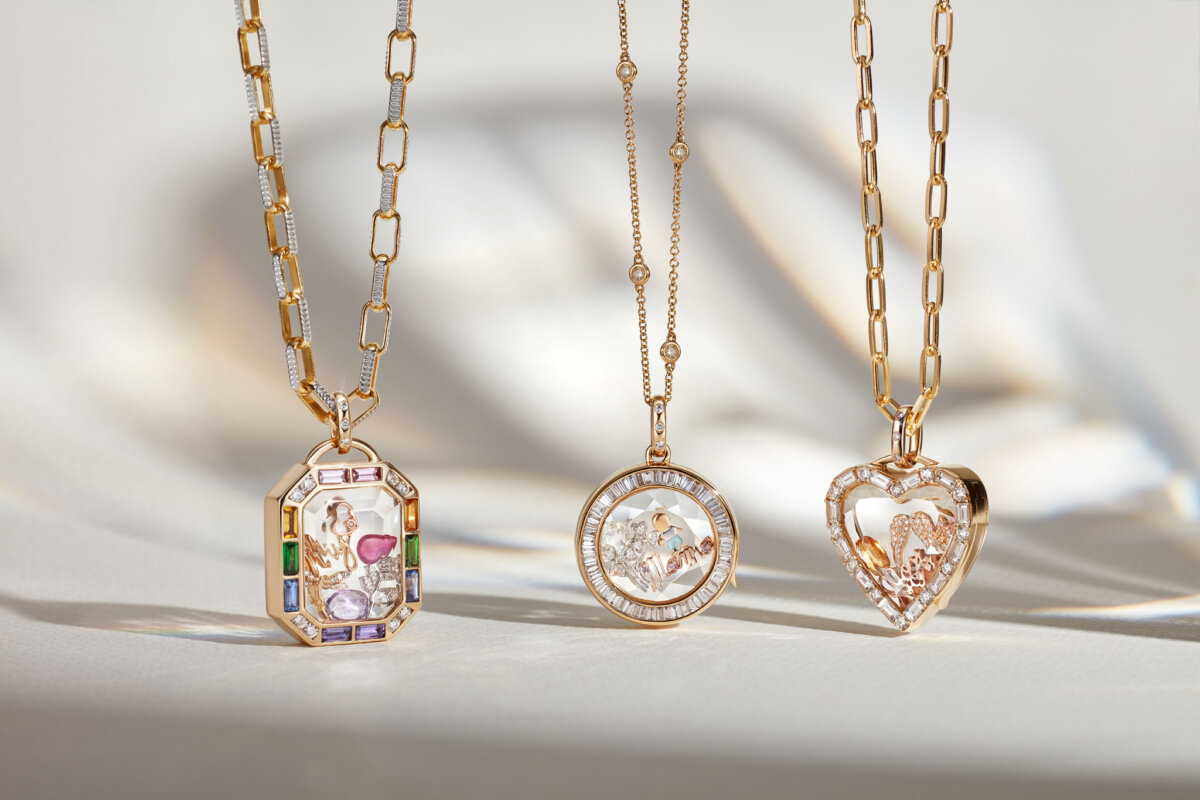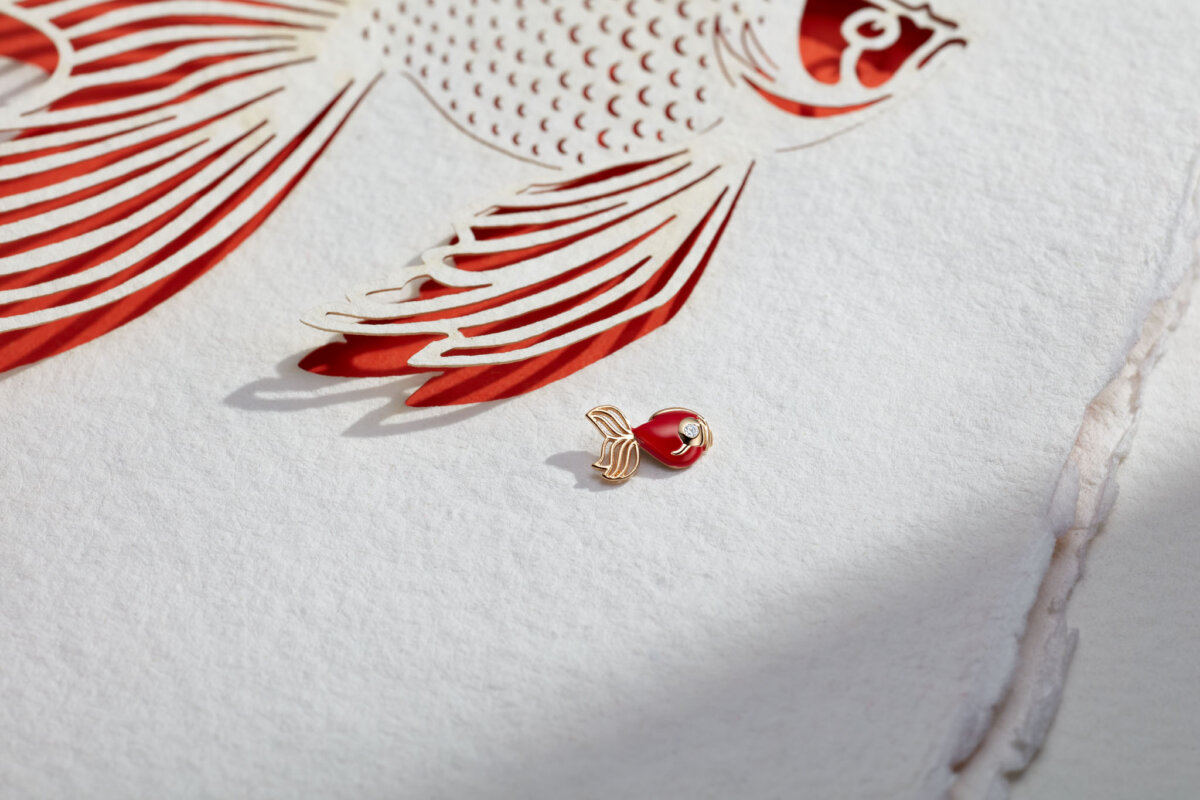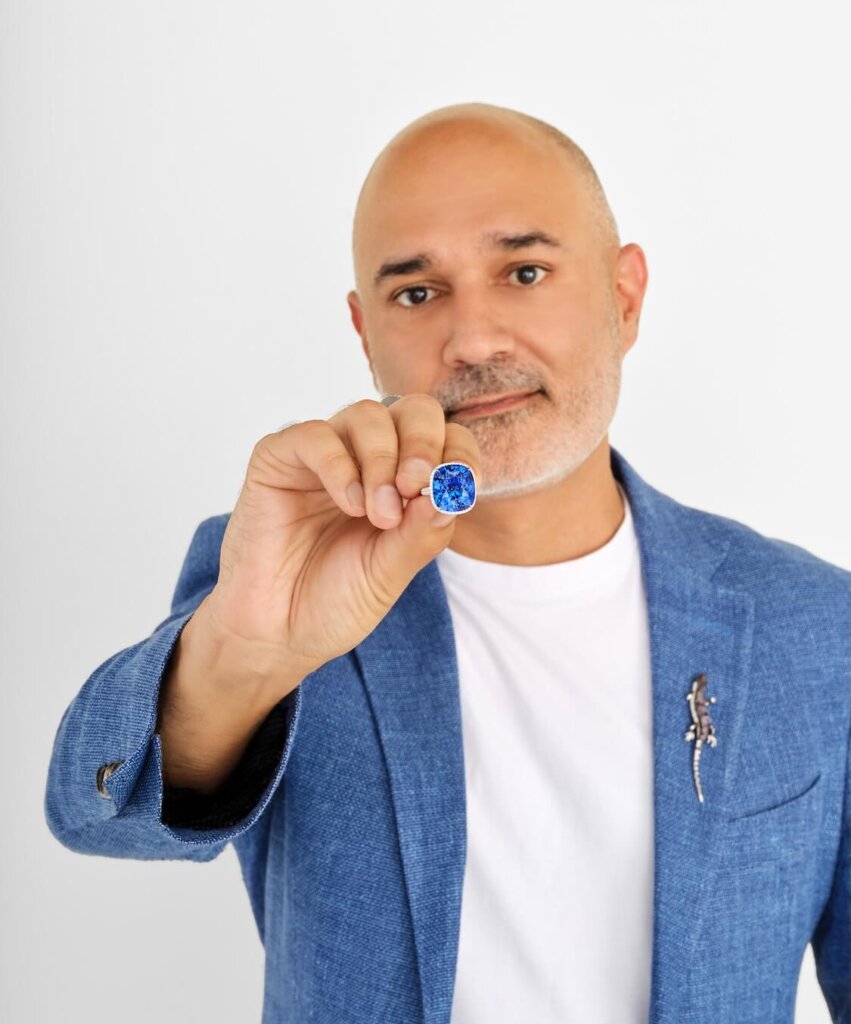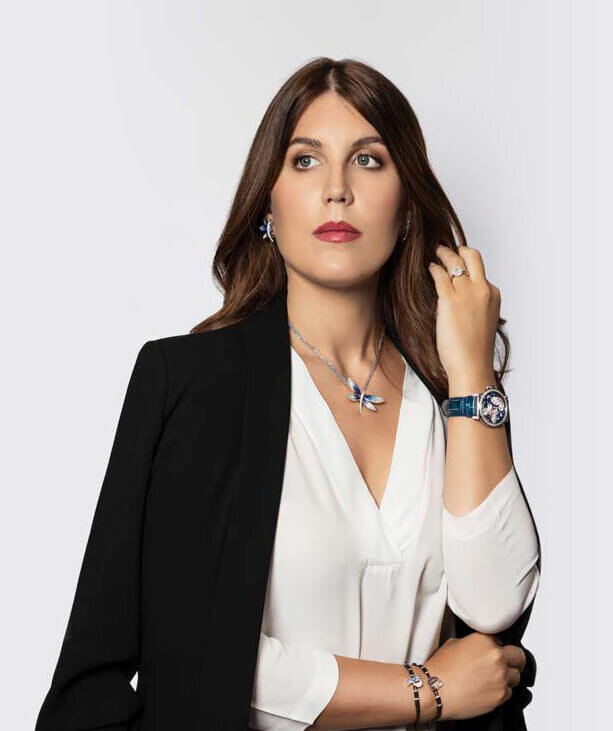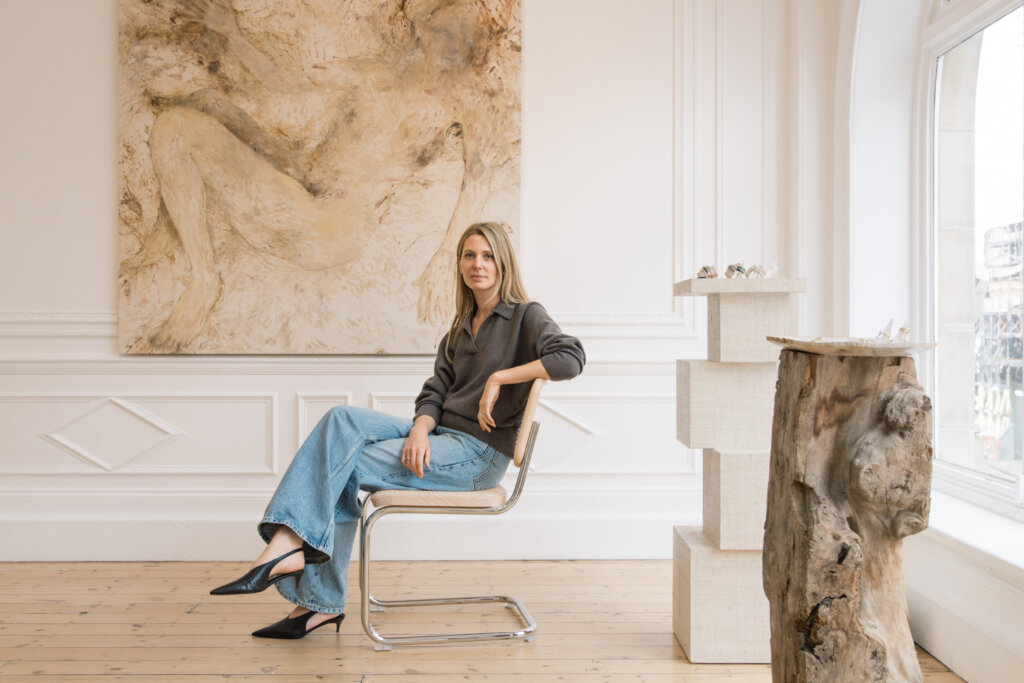
D
ating back to the 16th century, lockets originally evolved from ancient amulets. The first known European lockets served to conceal good luck charms or portraits of loved ones, and even to ward off bad spirits. During the Elizabethan period, lockets were reserved only for the wealthiest citizens, including Queen Elizabeth I herself, who famously wore a locket ring that held a portrait of her mother, Anne Boleyn.
Loquet London, which launched in 2013, has maintained the core essence behind lockets, while completely reimagining their form.

During the Victorian period, lockets were considered a must-have accessory, a “craze” that began when Prince Albert gifted Victoria with a bracelet that held 8 lockets, each containing a lock of hair from their 8 children. While some in recent years have given lockets beautiful updates that suit a contemporary aesthetic, very little about the actual functionality of the locket has changed–a closed case holds a hidden sentiment.

Loquet London, which launched in 2013, has maintained the core essence behind lockets, while completely reimagining their form. The brand has established a seamless ability to express one’s individuality with detailed designs, gemstones and stylized letters and words that make it simple for collectors to build their own narrative. Their original locket necklaces are offered in a plethora of frame shapes encasing sapphire crystals, both embellished and in unadorned 14k gold, which can be filled with floating charms and gemstones ranging from playful to spiritual.

The same concept is available in rings and bracelets, and they offer earrings that can be personalized with talismanic charms. They pride themselves on creating timeless jewelry that isn’t constrained by trends, age or occasion and would be equally appropriate and meaningful when gifted to a newborn baby or a grandmother.
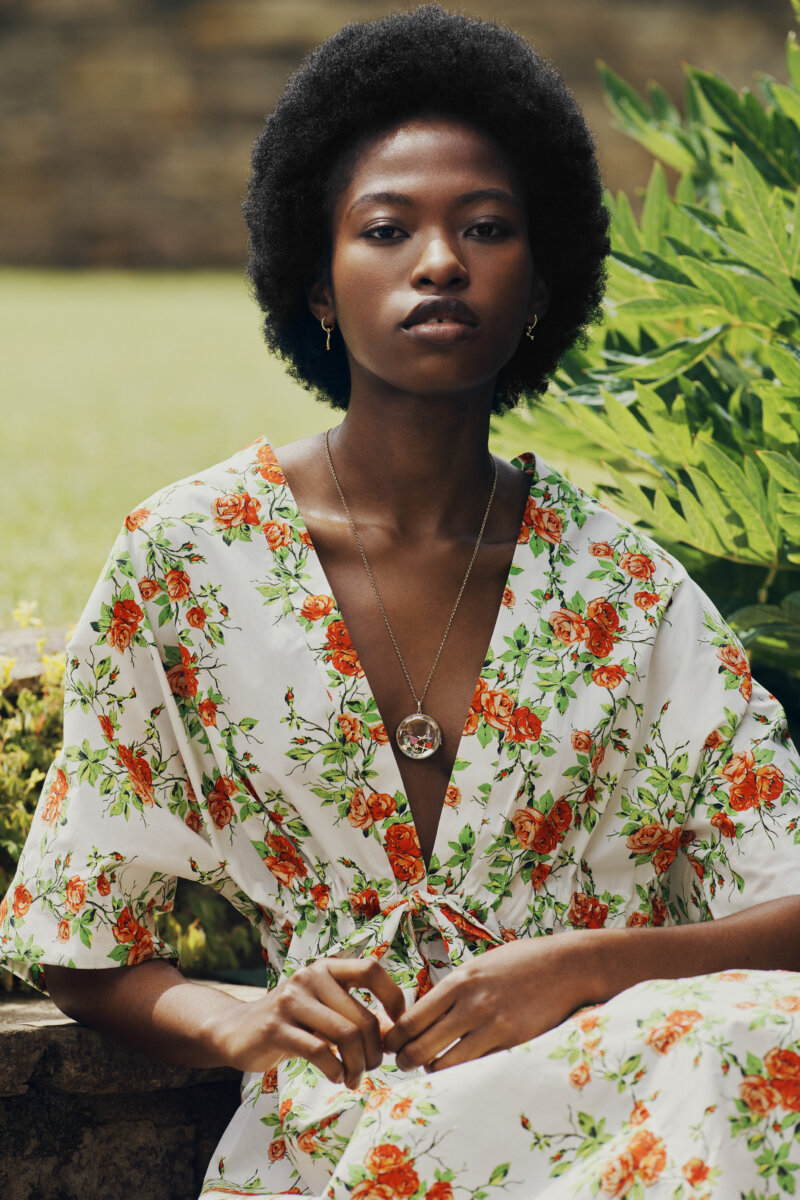
The brand’s founder, Sheherazade Goldsmith, is an environmentalist with a background as a reporter in the field and a history of spearheading ethical policy changes. Though the brand embraces personalized luxury, they do so without compromising their morals and ideals. Sustainability and workplace conditions are central to the brand’s philosophical tenets, and they are in a continuous process of considering their impact to both the environment and the communities that help bring their creative vision to life.
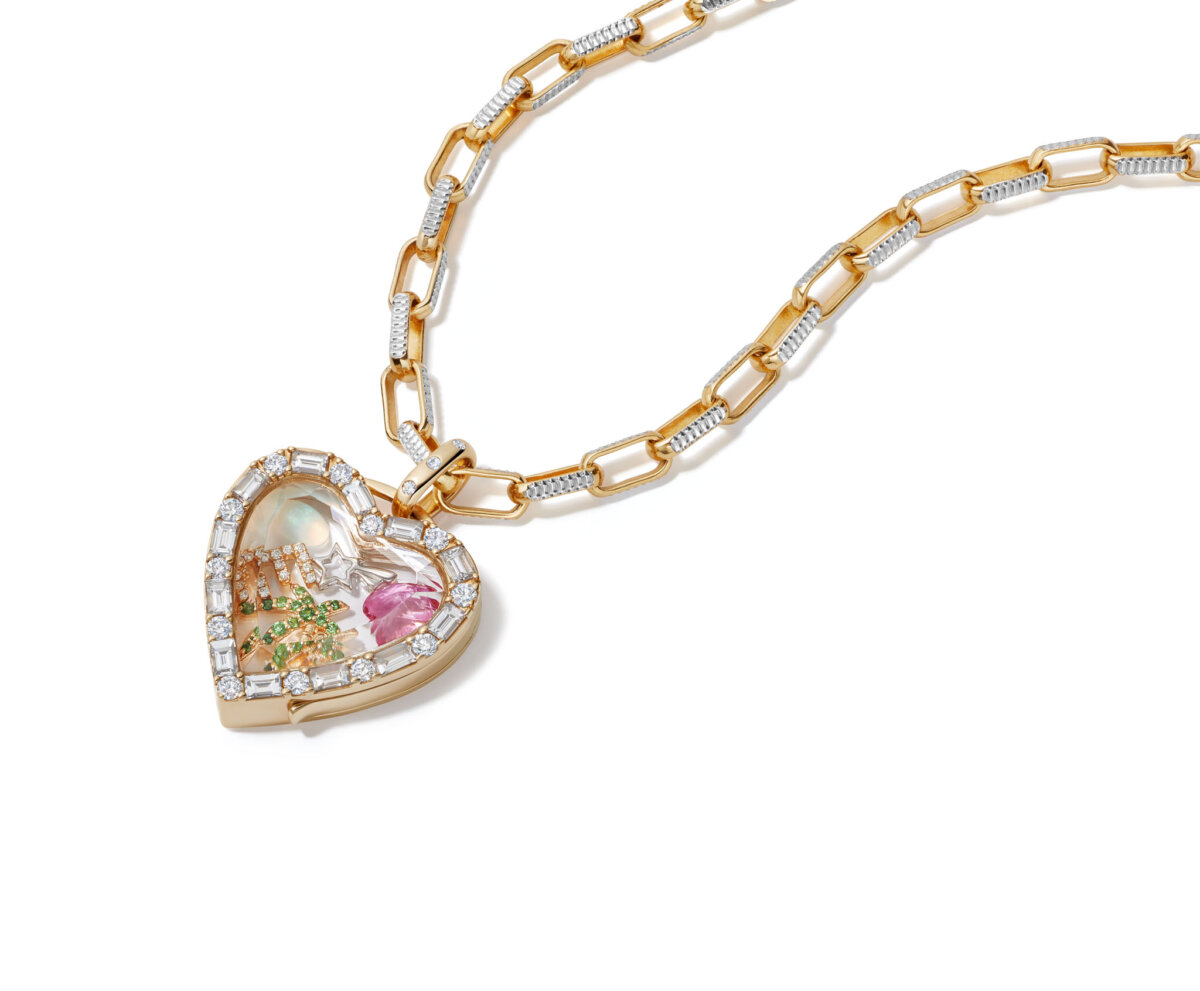
They adhere to the strictest standards of production, sourcing and shipping to ensure that the pieces they create today can be enjoyed by future generations. According to a statement on the brand’s website, “We believe that it is our responsibility to innovate and be leaders in the industry by adopting the best sustainable practices as they become available, and to hold ourselves to the highest standards with every design we produce.”
